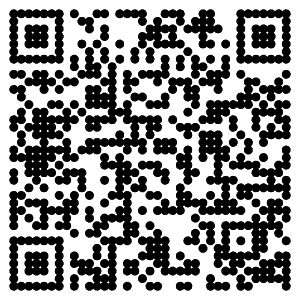摘自:Neurological Research
作者:Zhihui Duan, Zhiyuan Yang, Binbin Song, Congmin Ma, Yan Li, Yanjiao Du,Dandan Shang, Shao Li & Jiyu Lou
ABSTRACT
Background: Transtemporal Doppler (TTD) with middle cerebral artery (MCA) is widely used forright-to-left shunt (RLS) etection. However, an alternative method for patients without suitable temporal bone windows should be established. The resent study prospectively evaluated the effectiveness of transorbital Doppler (TOD) with carotid siphon (CS) monitoring in etecting RLS.
Methods: A total of 357 subjects with sufficient temporal bone windows underwent simultaneous TTD with MCA and TOD with CS. After injection of microbubbles, the numbers of artificial high-intensity signals were recorded at rest and after Valsalva maneuver.(EMS-9UA Delica Inc,Shenzhen, China)
Results: TOD with CS detected RLS in 146 patients. Sensitivity was 97.1%, specificity 95%,positive predictive value 92.5%, and negative predictive value 98.1%. The total positive rates for RLS detection by CS (40.9%) and MCA (37.8%) monitoring were comparable without significant difference, but TOD with CS detected significantly more grade 2 and 3 RLS than TTD with MCA (p = 0.001). The RLS rates of cryptogenic stroke patients was significantly higher than that of healthy controls, and RLS in cryptogenic stroke was remarkably higher than that in transient ischemia attack patients (p < 0.05). TOD with CS examined significantly more grade 2 and 3 RLSs than the MCA approach in the cryptogenic stroke patients (p = 0.037).
Conclusion: TOD with CS monitoring is able to detect RLS effectively in different populations including healthy subjects, cryptogenic stroke, transient ischemia attack, and migraine patients.In comparing to the TTD with MCA approach, TOD with CS monitoring could detect comparable rate of RLS, but more high grades of RLS.
全文點(diǎn)擊下載


